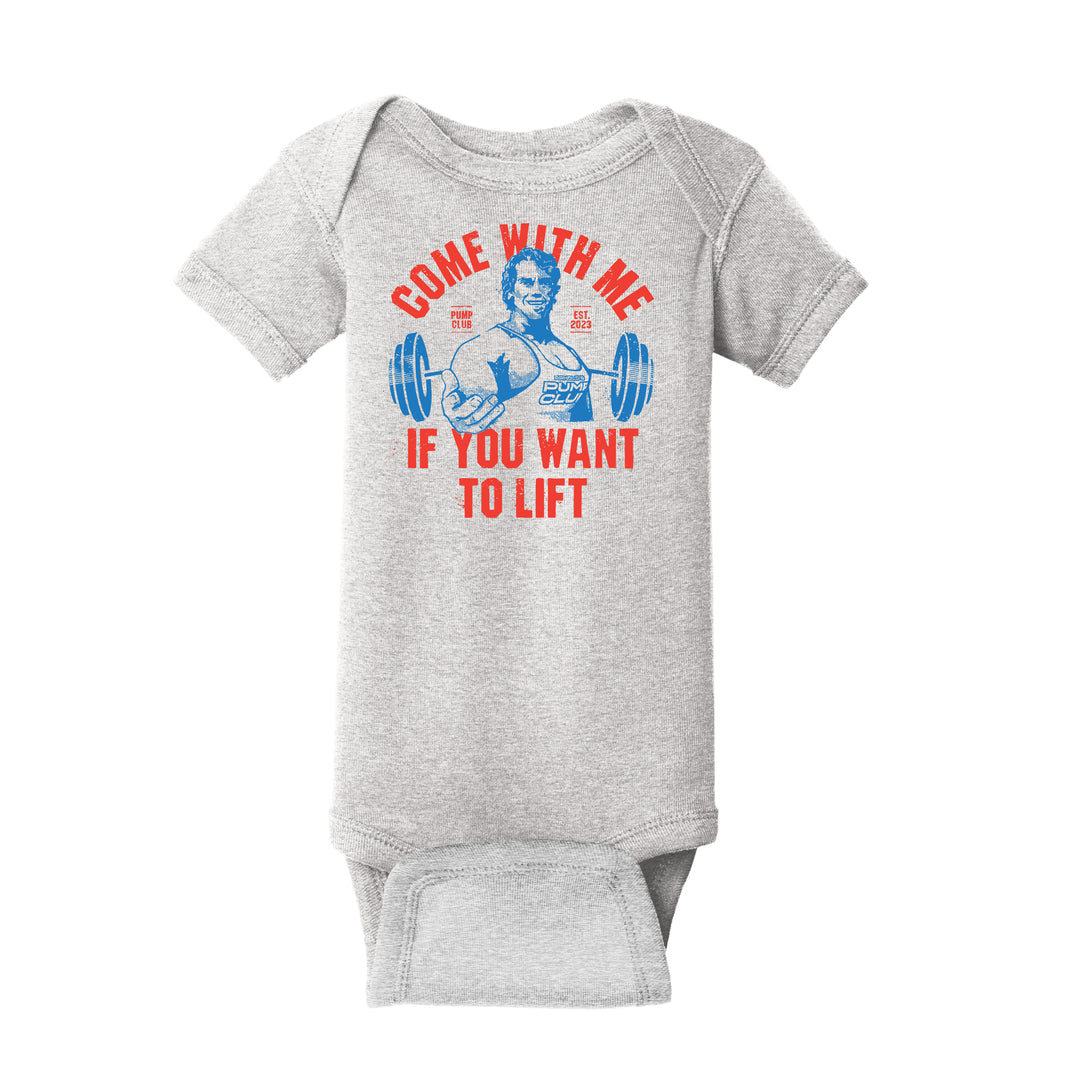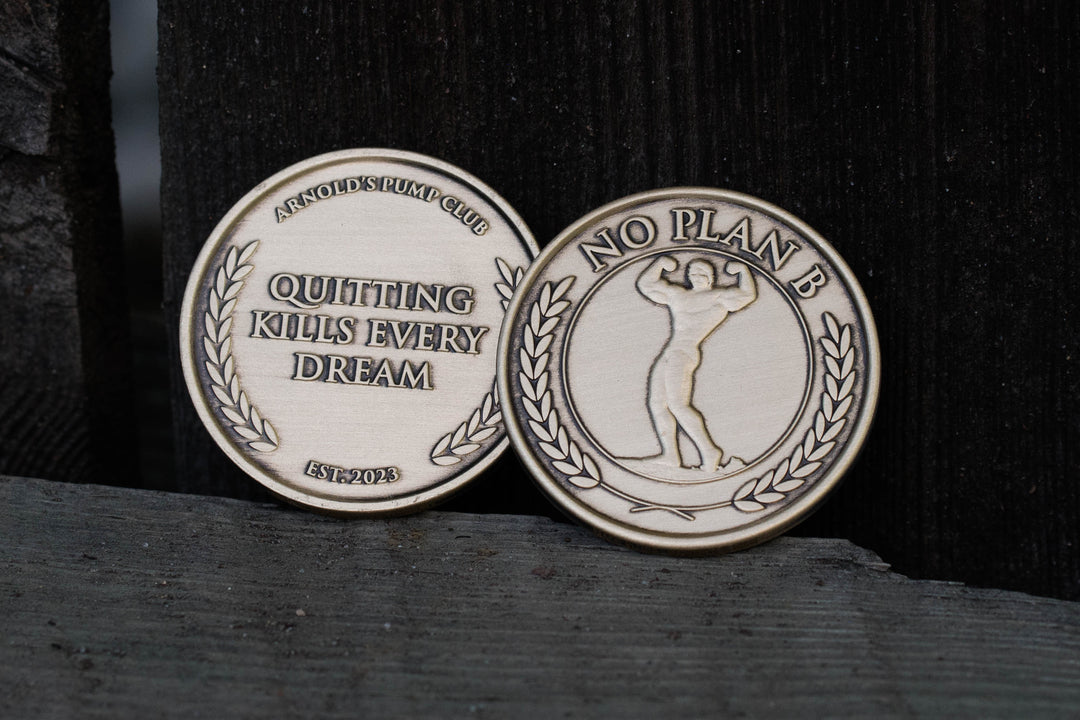Welcome to the positive corner of the internet. Every weekday, we make sense of the confusing world of wellness by analyzing the headlines, simplifying the latest research, and offering quick tips designed to make you healthier in less than 5 minutes. If you were forwarded this message, you can get the free daily email here.
Today’s Health Upgrade
How to stay healthy if you sit all day
The science of controlling cravings
Do men and women respond differently to exercise?
Arnold’s Podcast
Want more stories from Arnold? Every day, Arnold’s Pump Club Podcast opens with a story, perspective, and wisdom from Arnold that you won’t find in the newsletter. And, you’ll hear a recap of the day’s items. You can subscribe on Apple, Spotify, Google, or wherever you listen to podcasts.
How to Stay Healthy If You Sit All Day
If you spend most of the day at a desk or not moving as much as you should, research suggests that adding two-minute bursts of movement can help you regain control of your health.
Prior research found that when you sit all day, your muscles are not as good at absorbing and using amino acids, which are the building blocks of protein. This could mean you don’t build as much muscle, or the calories you eat aren’t being used efficiently and could be stored in ways you don’t want (such as fat).
The latest research found that a few mini-breaks — even at your desk — could awaken your muscles and keep them working in your favor.
When the partipants took a two-minute walk every thirty minutes, or stood up and performed 15 chair squats (standing up and stitting back down at their chair) — their muscles were better at absorbing and utilizing amino acids in their blood stream.
Research suggests that if you spend your days sitting, it could be causing issues for your overall health, heart, and brain. So you have a lot to gain — and very little to lose — by finding the time for 2 minutes of walking or about 30 seconds of squats.
The Science of Controlling Cravings
Have you ever found yourself unable to resist a dessert you want to avoid? While there’s nothing wrong with the occasional treat, some self-talk might help rewire your brain and keep you on track.
Research suggests that thinking about your next meal could help you overcome intense cravings and lose more weight.
Scientists examined a technique known as “implementation intentions,” which is a fancy way of saying instead of just setting goals, you also create rules for how you’ll react in certain situations. For example, in addition to setting a weight loss goal, you create a plan for when things will go wrong. Imagine being offered your favorite dessert, but you want to pass on it. Instead of trying to be strong, you could imagine your next meal and remind yourself of why you set your goals in the first place. That way, you have a plan to make it harder to stray.
It might not seem like much, but some studies have found this technique incredibly effective at supporting and maintaining weight loss.
From a psychological standpoint, “implementation intentions” could be your behavioral cheat code. It uses the idea of inversion to help you plan for your failures so you’re more likely to succeed. (This is covered in You Can’t Screw This Up). And, having actions in place for the moments when you struggle triggers the rational part of your brain (known as episodic future thinking) to help improve willpower while also reminding you of your goals.
If you want to give it a try, make a list of three to five scenarios when you’re likely to struggle. Identify what happens, how you want to respond, and remind yourself of the deeper meaning of why you set the goal in the first place.
Do Men and Women Respond Differently To Exercise?
Both men and women will see great results from consistent movement, but that doesn’t mean both genders respond similarly to exercise.
New research suggests that women might see more longevity benefits from exercise — and require less time in the gym — than men.
The study looked at more than 400,000 adults and found that regular exercise reduced women’s mortality risk by 24 percent, while men saw a 15 percent drop. But it’s not just that women saw more protection; they also appear to need less exercise to achieve similar or better results.
The scientists found that women need about 140 minutes of low-intensity exercise per week to achieve maximum lifespan benefits. For a similar outcome, men would need to train more than 300 minutes per week. The necessary amount of exercise to extend life expectancy is even less if you perform more intense workouts.
The research suggests that men can improve their longevity by 20 percent with approximately 100 minutes per week of either moderate or intense exercise, whereas women can receive the same boost with only about 50 minutes of intense exercise.
Scientists aren’t sure why less is more for women, but it could be due to the physical differences between genders. In general, men have lean muscle, larger hearts, and greater lung capacity, and these differences could be why women appear more responsive to exercise.
—
Publisher: Arnold Schwarzenegger
Editors-in-chief: Adam Bornstein and Daniel Ketchell































































